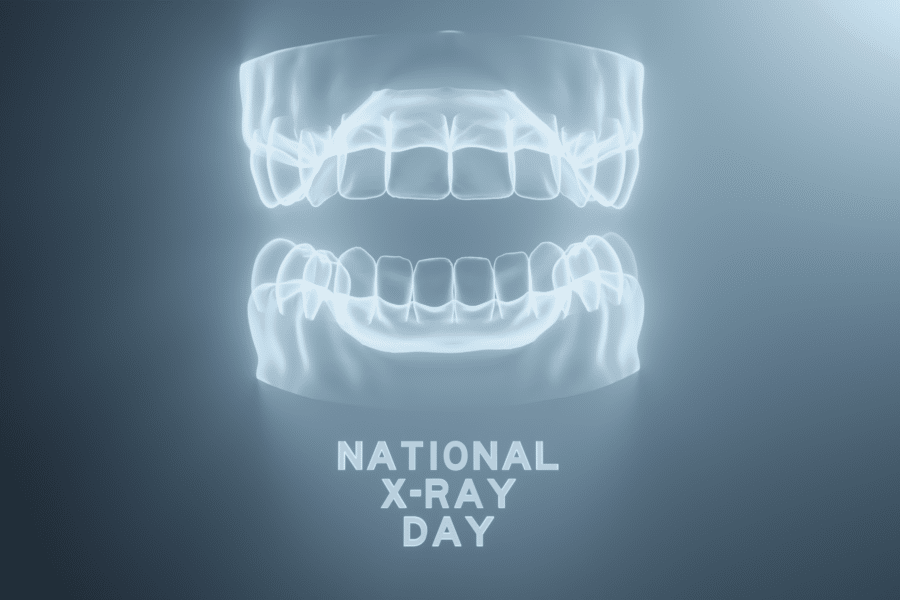When you visit your dentist for a cleaning, you might worry that you might have cavities. Part of a cavity exam includes dental x-rays because they can show decay between your teeth. However, your dentist is not just looking for cavities in those dental x-rays but is also checking for gum disease too.
Although untreated tooth decay can lead to tooth pain and eventually tooth loss, gum disease accounts for 70% of missing teeth, which is why early diagnosis is so important.
Taking x-rays is part of the periodontal disease diagnosis process.
X-rays in Periodontal Evaluation
When your dentist is evaluating your gum health, they use x-rays to check how much jawbone you have surrounding each tooth. Since the bone is what keeps your teeth secure, bone loss is an indication of periodontitis, which is a serious oral infection.
By utilizing x-rays, your dentist can spot bone loss early and refer you to a periodontist who can diagnose your stage of gum disease. That staging relies on both clinical evaluation by checking gum pockets and through x-rays that show the level of bone loss.
X-rays & Periodontal Treatment
A detailed periodontal examination by a periodontist requires a full mouth series of x-rays, which show all the jawbone that supports your teeth. Full mouth x-rays are usually taken every 3-5 years.
Those x-rays can also help your periodontist plan treatment for your gum disease. Using x-rays, your periodontist can decide which teeth do or do not need gum surgery to correct bone loss and which teeth cannot be saved because the bone loss is too severe.
X-rays can also help treatment plan implants that can replace missing teeth by letting your periodontist know if you have enough bone to support an implant.
X-rays & Periodontal Maintenance
Once you have completed periodontal treatment, the key to continued gum health is periodontal maintenance. X-rays help determine if your periodontal health has stabilized or if your bone level is deteriorating again.
Using the initial x-rays as a baseline, your periodontist can detect subtle bone changes before they become a bigger issue by taking updated x-rays on a yearly basis. Although a full set of x-rays are only taken every 3-5 years, your periodontist or dentist can annually check your bone level by taking vertical bitewing x-rays once a year. The great thing about vertical bitewings is that they show both cavities and a more detailed view of periodontal tissues in the same x-rays!
Here at the Pennsylvania Center for Periodontology, Dr. Fullem and his staff are committed to providing you the services that will help you restore and maintain your oral health!
